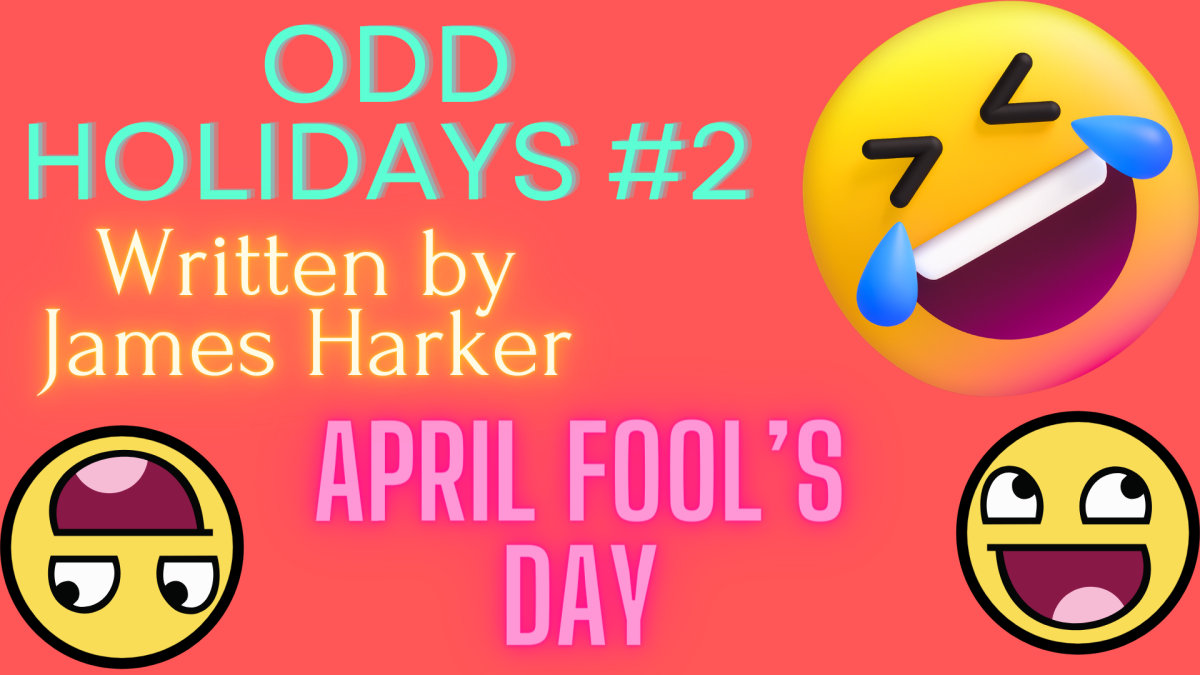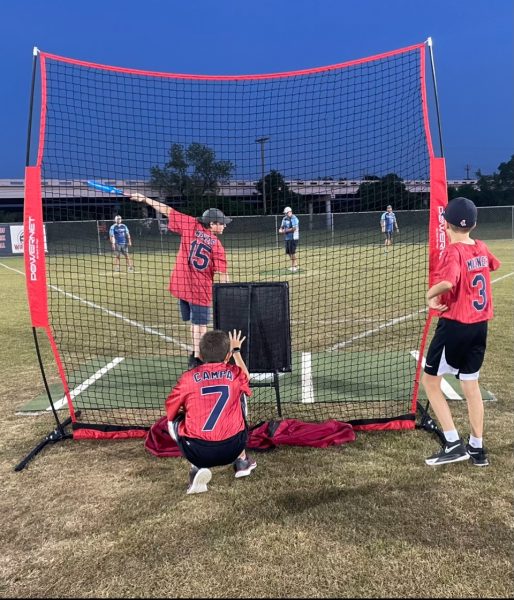John Carpenter: The Coolest Director Ever
John Carpenter might just be the coolest director ever…here’s why.
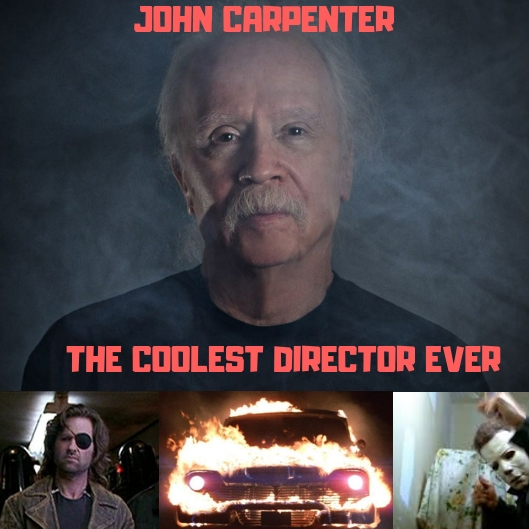
Featured Image by Oliver Barnfield
I love movies, and I was always intrigued by the people who made them, ever since I was little. They all had their own individual style, and with the best ones, you could always tell if you were watching one of their movies. And there’s no other genre of film where directors are distinct than in the vast pantheon of horror. From the raw and gritty terror of Tobe Hooper (Texas Chainsaw Massacre, Poltergeist, Funhouse, Lifeforce) to the smart and clever innovation of Wes Craven (Nightmare on Elm Street, Scream, The Hills Have Eyes) and the social commentary of zombie movie auteur George Romero (Night of the Living Dead, Creepshow, Dawn of the Dead), horror directors have always had a unique style that sets them apart.
But my favorite horror director would have to be John Carpenter, and not just for his directing skill. He also composes the score to his movies using a distinct 80s sound that gives his films a unique edge. And his movies, no matter the quality, are always endlessly interesting. So today we’re going to be looking at the films of John Carpenter, one of the coolest guys of all time.
BONUS: All the chapter titles here are taken from quotes from his movies. Can you figure them all out?
A Confident Man (1970-1976)
As a young child, John Carpenter loved westerns. It might seem odd that the future horror auteur would love such a genre, but take a closer look at some of his movies (The Fog, Assault on Precinct 13) and you can see the resemblance. He was also interested in low budget sci-fi flicks, particularly The Thing, from 1951, a movie that he would later pay tribute to and eventually remake. He made a few shorts in the early 70s, and eventually scored his first feature with Dark Star, a sci-fi comedy that was made for a low budget with his friend Dan O’Bannon, who later wrote Alien. The movie shows promise, but most of the time its just slow and boring, with rambling characters. But it remains a sign of what was to come. The movie did poorly, as no one reacted to its unique blend of sci-fi and humor.
Next, Carpenter made Assault on Precinct 13, one of his most controversial movies. The story concerns a gang attacking a police station, and opens with the gang murdering a little girl in one of the most shocking scenes in his filmography. The movie is brutal and low budget, accompanied by Carpenters first great score. The music is minimalist and repetitive, but it works in the movie’s favor, giving it more flair. The assistant director was Debra Hill, who would turn out to be a very important part of Carpenters history.
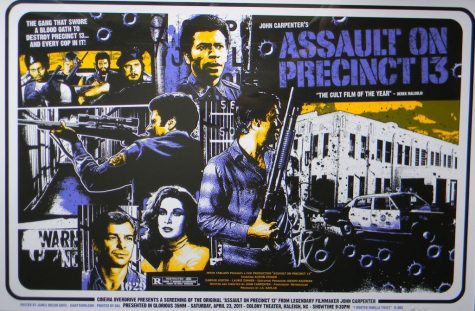
The Boogeyman (1977-1980)
After Assault on Precinct 13, Carpenter made Someones Watching Me, a Hitchcockian TV movie that remains hard to find today. There’s not much to say about it.
Carpenter’s next script would turn out to be his most famous. Written with Debra Hill, the script was titled “The Babysitter Murders” and was about a killer who murders babysitters in the suburbs. The movie would later be re-titled Halloween, its killer being dubbed Micheal Myers. Made with a low budget (Micheal Myers mask was a William Shatner mask painted white.) It would go on to be Carpenters most famous film. It started the slasher craze of the 80s, with Friday the 13th blatantly ripping the film off, but unlike many of those similar films, Halloween still holds up. Carpenters great direction keeps Micheal Myers in the shadows and builds the tension in ways many other movies could only dream of. Carpenter’s score is amazing as well, with the creepy main theme being perhaps the most famous horror score of all time. I’d say Halloween is the first classic of his career, but luckily it’s not the only one.

After the huge success of Halloween, John was in the mood to make a different type of movie, a homage to the B-movies he grew up on, featuring an all-star cast of talents. This movie would be The Fog, which I’ve reviewed before. To see my thoughts about it and a bit of backstory, read my article you lazy hack. Anyway, the film didn’t do too well, as people were expecting a follow up to Halloween.
The Golden Years (1981-1986)
John reunited with Kurt Russel for Escape from New York, one of his more successful movies. Instead of a straight horror movie, instead, it goes for a post-apocalyptic action vibe. The movie is pretty low budget, however, so it relies on atmosphere more than straight action. The movie works very well, with a funny and enticing script co-written with Nick Castle, who played Micheal Myers in the first Halloween. It’s not for anyone expecting a straight-ahead action flick, but it is excellent anyway.

His next movie would be among his most controversial. Carpenter admits that the film’s failure in the box office made him weary of moviemaking, and it’s not hard to see why. The movie did poorly against ET, and the critics ravaged it, calling it the most hated movie of all time. But later the film would be elevated to another status and is now regarded as his best film by most. The movies greatest accomplishment is its astounding special effects, with horrifying and realistic creature design. The movie is a remake of the 1951 movie, which can be seen briefly on the TV in Halloween. It’s clear this was a passion project for Carpenter and when it failed, he was heartbroken.

Due to the film’s failure, his next project was a bit safer. It was a straight adaptation of a Stephen King novel, which although a bit of a safe bet, is a match made in heaven for me. While Christine isn’t considered his standout work like the previous 4 movies, its still got a lot going for it, elevating the idea of a killer car and making it scary. It also boasts Carpenter’s best score and some great practical effects.
By this point, most critics had lost their respect for him, and although Christine did well in the box office it was time for something more audience-friendly. So Carpenter signed on to Starman, a drama film that cycled through several directors before he was hired. As a result, the film doesn’t feel like a John Carpenter film, lacking a synth score or any scary elements. That’s not a bad thing, though, as the movie shows that he was adept at tackling other genres that horror, with the movie having several touching moments. Its also the only movie by John to ever receive a nod at the Academy Awards, with Jeff Bridges being nominated for best actor. But ultimately Starman was simply a paycheck job for Carpenter to make sure he would still be employed in Hollywood after the failure of The Thing.

In 1986 John wished to further himself even more from the horror genre, taking on a script that he was sure would be a hit: an Indiana Jones-style adventure through Chinatown with a large budget titled “Big Trouble in Little China”. Think of it as Indiana Jones crossed with Bruce Lee kung fu movies. The movie is about Jack Burton, a clueless trucker, who must venture through the dark side of Chinatown with his friend Wang, in order to find Wang’s fiancee. The “dark side” turns out to be a wild motley of strange creatures, warlocks, and skilled martial artists. Sounds like a rip-roaring good time, right? Well, apparently the public didn’t think so, and the film did terribly at the box office, going up against the very similar movie The Golden Child starring Eddie Murphy.
Ironically, Jack Burton really isn’t the hero of the film. Its Wang who saves the day, and in the 80s it was rare to see such a well-rounded and interesting Asian character in a lead role. Up to this point, most Asian characters were horribly racist (and played by white men) or when not played by white people, were still very stereotypical (like Long Duck Dong in Sixteen Candles) so Wang was a welcome surprise. But despite this good choice of character writing, is this movie good? Yeah. It’s got a very breezy and fun atmosphere, but unlike other movies like it, it has stakes, and some genuinely scary and action-packed moments. But a lot of it is just forgettable. The middle of the film isn’t bad by any stretch of the imagination and is still fun to watch, but some of it just feels a bit uninspired. Indeed, the reporter character is uninteresting and has no plot significance, and I would’ve been fine if she had been dropped out of the story entirely. In addition, it’s at this point in the story that Jack Burton becomes a little grating, although he has his moments at this point in the story. But the 3rd act remains delightful, with several great action set pieces (literally, the set design on this movie is AMAZING) and some awesome character designs for the monsters. The best part about this movie was definitely its art direction. As I said, the set design here is astounding, with every background having so much detail. You feel like you’re in this world with the character. You can almost taste the delicious Chinese food, smell the gross sewer water that our heroes fall into, feel the lighting sting our skin. It’s rare that a movie has such good attention to detail. As I also said, the creatures here are great. Especially in the scene where the guy literally inflates and then explodes.
While Big Trouble in Little China is far from perfect, and isn’t the most profound or deep film, its worth your time and is a very fun, breezy movie.

All Outta Bubblegum (1987-1993)
John Carpenters decline as a director began after the failure of Big Trouble in Little China, although it was a very slow decline, luckily. John was just burnt out after so many of his films flopped, and this started to show as his movies got more and more cynical.
Prince of Darkness was a small 1987 production, but it remains one of his scariest. Starring Carpenter regulars Donald Pleasance and Denis Dun, the supernatural aspects blend with religion in what is probably Carpenters darkest and most nihilistic movie, about a group of university students who discover a giant vat of strange liquid that is revealed to be the anti-god. The vat starts to possess the students and the local homeless people, with less and less people surviving its dark influence. This leads to some truly horrifying visuals, including a woman without skin and a man made of bugs. As more and more people are possessed, the tension builds, and we, the viewers, are screaming, not just because this movie is incredibly horrifying, but because we want these characters to survive. The ominous build up and some great staging and effects really drive the point home that something is not right here at the church. Couple that with some interesting background clues and an unsolved mystery at the end and you’ve got yourself a movie that can be rewatched and theorized about. The cherry on top, however, is Donald Pleasance’s performance as the priest. He’s believable as a man who must question his own faith in the face of the mounting terror. Predictably, however, the movie was disliked by critics and did poorly in the box office, which I have a feeling had to do with its terrible poster.

Continuing his apocalyptic vision, Carpenter next moved on to an adaptation of a short story called “8 O’Clock in the Morning” by Frank Armitage. John whipped up a script based on the story, and the finished screenplay concerned a drifter who realizes that the world is made up of aliens who run our society, occupying the political parties and business across America.

The movie stars Roddy Piper and Kieth David, who get in an 8-minute fight scene that is one of the most brutal put to film. Unfortunately, the movie is pretty cheesy, and the climax is disappointing. But the movies charm, and its creative ideas make it a cult classic. One of the more disappointing aspects is the repetitive music, that just sort of loops over and over, cycling through 2 tracks endlessly. But putting those aside, its still a solid film.
As a plus, this movie showcased Carpenter’s kind heart. During the filming he wanted the homeless camps to be realistic. So he filmed there, and paid the homeless people here and gave them fresh food.
Carpenter followed these projects with another work for hire film, this time the Chevy Chase vehicle Memoirs of an Invisible Man. The movie is mostly remembered today solely for Johns involvement, as it’s a forgettable comedy thriller that doesn’t really have any personality.
After working on an anthology film with Tobe Hooper, called Body Bags, in which Carpenter himself stars as a Crypt-Keeper wannabe. Its mostly forgettable, and it showed that maybe John just didn’t have the magic touch anymore. In fact, John’s next film would turn out to be his last truly great movie.
In the Mouth of Madness is a mind-bending horror film full of some great special effects and various references to HP Lovecraft and, surprisingly, Stephen King. The intricate story-line concerns a man who begins to believe that his reality is written by a Stephen King typewriter named Sutter Kane. The movie has a few problems, with a few clunky moments and some cheesy SFX, but the movie remains Carpenters last great movie. It showcases the atmosphere and tension that made Carpenter an excellent genre craftsman, as well as a rocking main theme.
Leaving Hollywood (1994-2018)
After the movie failed (as usual) his career has never really recovered, quality wise. A forgettable remake of another 50s classic followed (Village if the Damned) and a half-baked sequel to Escape from New York (Escape from LA) signposted that perhaps Carpenter was out of original ideas. But maybe his next movie would be a magnificent return to form, right? Wrong. The movie 1998s Vampires was an ugly, unpleasant mess that had some decent action but was otherwise a steaming pile of trash. Propelled by a cheesy score by Carpenter and some awful dialogue, Vampires was his biggest dud to date.
But that was nothing compared to the cinematic bowel movement that was Ghosts of Mars. The grating electric guitar score. The awful CGI. The terrible, terrible acting. Ghosts of Mars represented a low point in Carpenter’s career. When the film was completed, Carpenter found himself burnt out. He spent the next few years playing video games (including Sonic the Hedgehog, another reason he’s great.) He returned in 2011 for The Ward, a paint by numbers horror movie that doesn’t really have anything to offer.
But since that disappointing run, John has gained a new carer, touring with his band, playing his old themes. He even released 3 albums and directed a music video for a remix of the Christine song. Check it out, it’s great.
Most recently, he provided music for the recent Halloween reboot, and it seems as though he is receiving a bit of renaissance, with Stranger Things being heavily inspired by his work.
All in all, John Carpenter is my favorite director, and definitely the best horror director. He has jumped from genre to genre, unlike any other filmmaker. Check out his movies for sure. You won’t be disappointed.
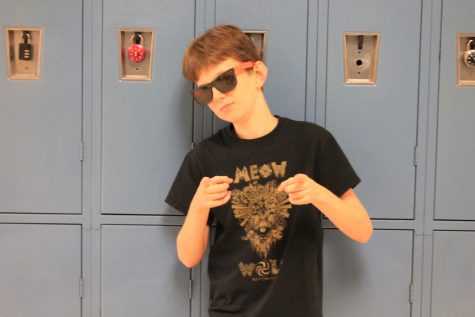
Oliver is a Canyon Echoes veteran who currently works as Entertainment Editor, and he also directs and stars in The Opinionist, Canyon Echoes 1st video...









